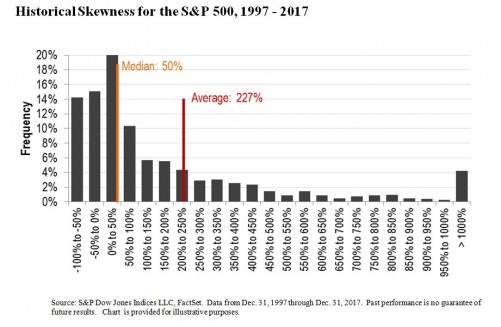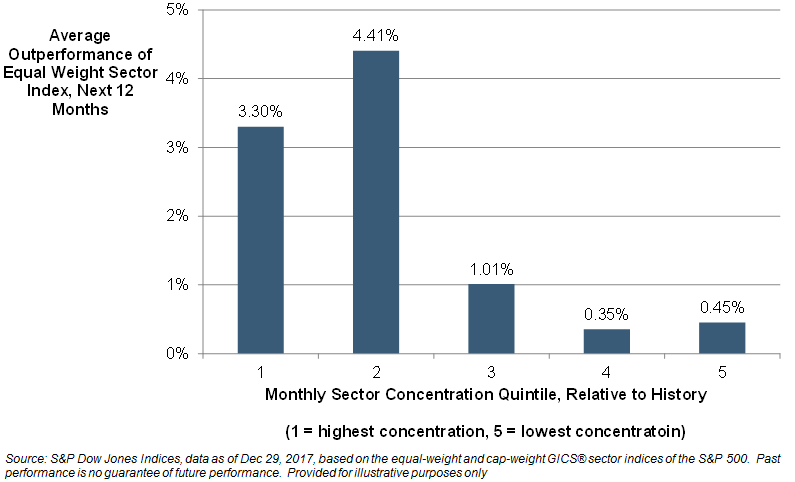Yes, you read that right. You might not be spending enough in retirement. It seems impossible after rigorously following savings plans during the course of your career in order to achieve that golden nest-egg to provide just what you need to retire. However, a problem arises when “what you need to retire” might not be defined by the nest-egg you built.
People have advanced considerably in saving for retirement with the help of tools from the defined contribution industry. Even without paying much attention, workers have been “nudged” not only into saving but “saving more tomorrow” by getting automatically enrolled in plans with escalating payments into saving accounts. In fact, plan participants have become so good at saving for retirement that by the time they retire, all they know is how to save for retirement. This commonly leads to much confusion when one day, at retirement, a new retiree has one million dollars (or however much) to spend.
Most people entering retirement have never had to manage that amount of money before, so it is meaningless. In fact, it can create an illusion of wealth causing people to feel they have so much money that they just start spending – and they end up over spending. The flip side of this coin is that people have been so beaten into a saving mentality that it is psychologically difficult to go into a spending mode. This causes people to under spend in retirement and miss their goal of continuing to live a lifestyle equivalent to what was in their working years.
Recently experts Warren Comier, Executive Director at DCIIA (Defined Contribution Institutional Investment Association) Retirement Research Center, and Tim Kohn, Head of Defined Contribution Services at Dimensional Fund Advisors joined S&P Dow Jones Indices in this video to discuss how to provide better solutions that bridge the gap from saving to spending by focusing on retirement income.
The first step is to communicate income in a familiar way. When retirees are thinking day to day about whether they can afford a cup of coffee or a certain car, they are not necessarily thinking in terms of income but rather about the current amount in their checking account. However, by changing the mindset back into an income-like framework to project an amount of money to spend monthly, according to an “annual salary,” and showing how long it can last, it liberates retirees mentally to start spending money at a rational and intelligent pace. This may help participants feel better about their move from accumulation (when saving for retirement) to decumulation (when spending through retirement.)
In the case where maintaining a standard of living in retirement is the goal, it is an outcome like a consumption level, or an income level or a withdrawal rate. This creates a need to balance the trade-off between growth assets and appropriate risk management assets throughout a participant’s life cycle both during the accumulation phase and the decumulation phase.
The growth side is generally easy for managers to get right, (broadly diversified, low-cost, transparent), but the risk management side is more difficult since participants face market risk, interest rate risk and inflation risk in retirement. Many traditional wealth-based programs only address the market risk by reducing equities in favor of short-term fixed income that creates a disconnect between the risk management framework and the goal. The short-term fixed income only makes sense when exhausting the portfolio on something like a car, a boat or a big vacation since it will likely control the variability of the income for that purpose. However, most people will probably not spend their portfolio immediately in one or two years but rather may take decades to exhaust their funds. So, they need to model interest rate risk and inflation risk to avoid spending too much or too little.
Communicating in the right income terms helps the cultural challenge associated with moving from a lifetime of saving to a lifetime of spending. Behavioral finance can continue to help investors not just in the saving phase for retirement but in the spending phase by removing myopic loss aversion, framing and other jargon to clarify the shift in conversation from an account balance to an income stream. By providing a proper benchmark and retirement income calculator that is tied to the underlying investment, participants may more easily understand what they can spend in retirement; and ultimately that’s what everyone wants to know – how much can I reasonably expect from my retirement savings throughout retirement?
The posts on this blog are opinions, not advice. Please read our Disclaimers.
















































